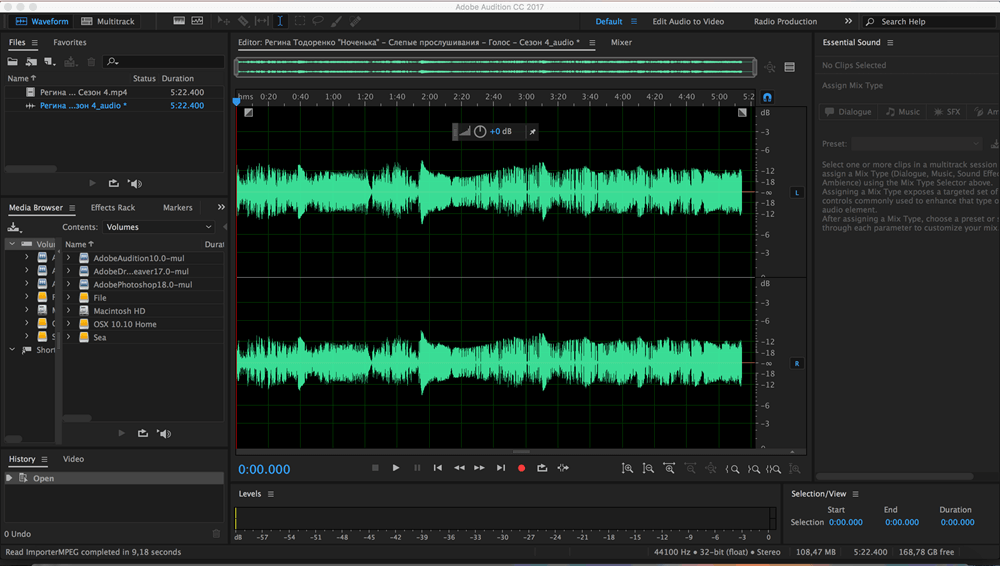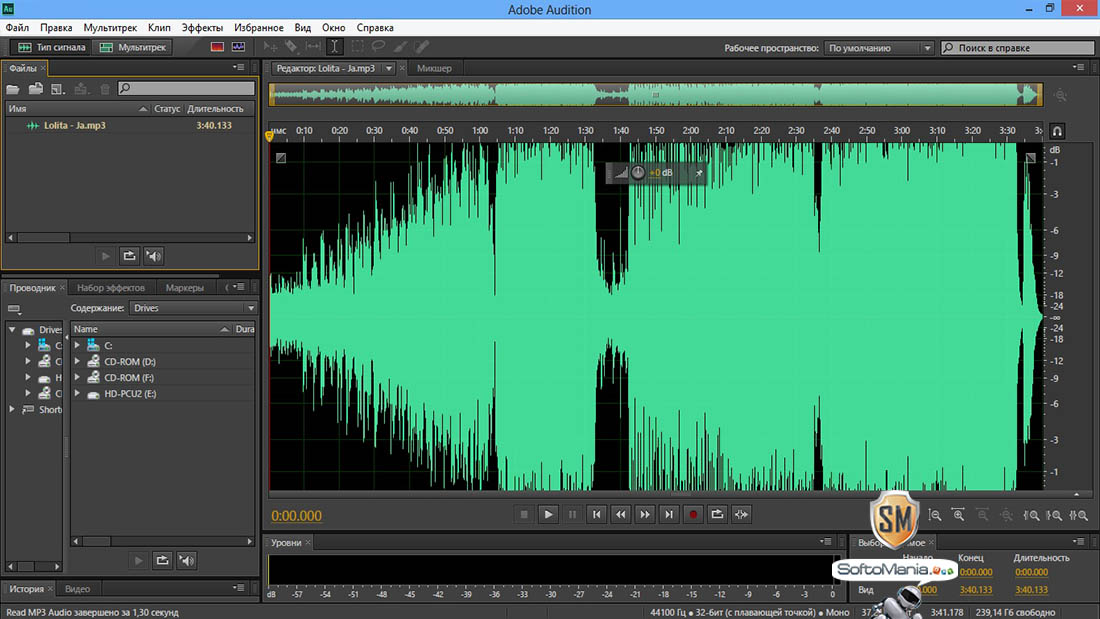

- #Adobe audition cc 2016 pro#
- #Adobe audition cc 2016 software#
- #Adobe audition cc 2016 Offline#
- #Adobe audition cc 2016 plus#
#Adobe audition cc 2016 pro#
#Adobe audition cc 2016 Offline#
That’s because the XML file only points to media and the media was offline when it was exported from Premiere.Ĭhoose Clip > Link All Media. Quit the application.Ĭhoose File > Import File and navigate to the XML file you just exported from Premiere.Īt this point, Audition warns you that it can’t find the files. To start, inside Premiere choose File > Export > Final Cut Pro XML.Īgain, create a new folder and store the XML file in that folder.Īt this point we are done with Premiere. However, if the media is offline – which is more often the case, we have a few more steps to go through. If the media made the transfer successfully, sending the project to Audition is easy: choose Edit > Edit in Adobe Audition > Entire Sequence. Let all the media remain offline don’t relink them.Īt this point, all your clips are properly laid out in correct position, but offline.Īt this point, you have two options. If you try to relink these files in Premiere, you’ll see this error message. Depending upon how the Soundtrack project was configured, Premiere may indicate that all your media is offline.

NOTE: While you can select the folder containing the AAF file to import, this may not work properly. Then, and this is important, find the AAF file you exported from Soundtrack Pro and import just that file. The exact settings are not important as they will change when the AAF file is imported.įrom within Premiere, select File > Import. Open Adobe Premiere and create a new project. A LOT of files!Īt this point, you are done with Soundtrack Pro and can quit the application.
#Adobe audition cc 2016 plus#
Why?īecause creating an AAF file creates an AAF file for transfer, PLUS all the audio files contained in your Soundtrack project. It is a REALLY good idea to create a new folder for your AAF file, then, store the AAF file inside that folder. To export this in a form that other applications can read, choose: File > Export AAF
#Adobe audition cc 2016 software#
(This software was shipped with Final Cut Pro 7 and last updated about five years ago.) Relink the media and you are ready to mix. If you can’t relink the media in Premiere, export the Premiere project as an FCP 7 XML file.ĥ. If the AAF includes media which can be relinked in Premiere, send the project directly from Premiere to Audition and you are ready to mix.ģb. Export an AAF file from Soundtrack Pro.ģa. This can be done in just a few steps, depending if the AAF contains media:ġ. First, I’ll provide the Reader’s Digest version, then all the details. The answer is a little round-about, but thanks to Durin Gleaves, Audio Product Manager at Adobe, here’s the solution. The easiest way would be to use OMF files – however, while Soundtrack imports OMFs it doesn’t export them. And, while Soundtrack exports AAF files, Audition doesn’t import them. What to do? Since Soundtrack uses a proprietary file format, it would first need to be converted before it could be imported anywhere. Recently, I came across an old Soundtrack Pro project that I wanted to move into Adobe Audition.


 0 kommentar(er)
0 kommentar(er)
